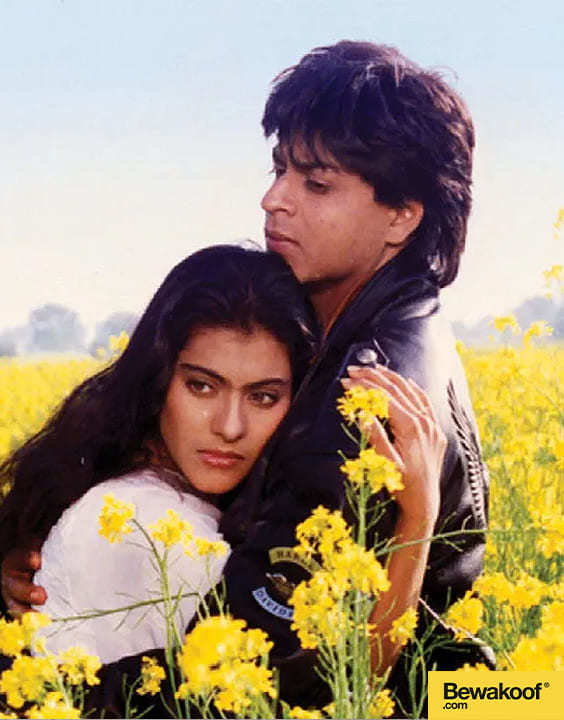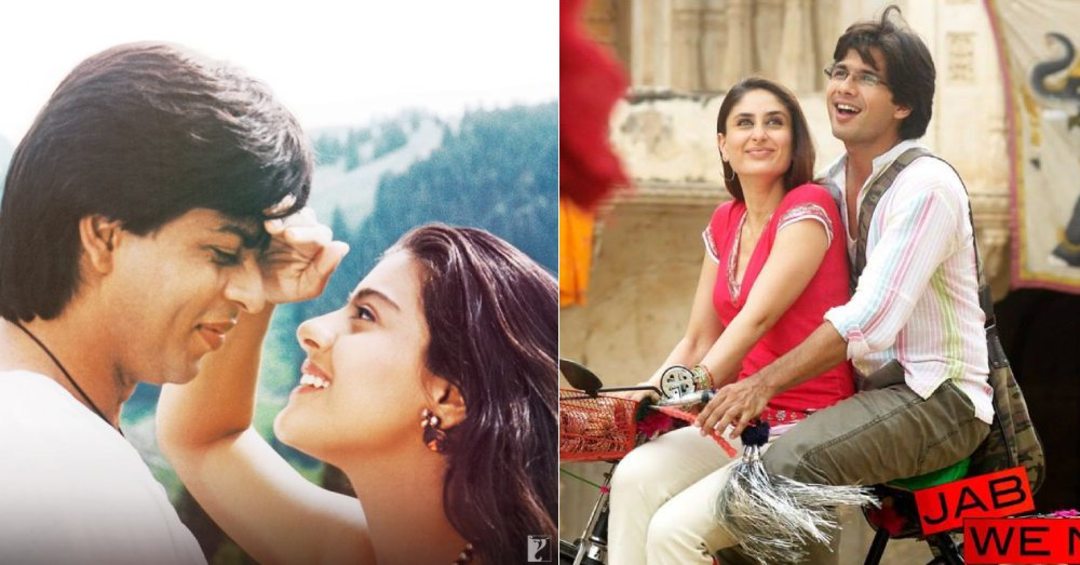

He jumped and yelled, in primitive suaveness that augured well for a generation anaesthetised by Western counterculture and homegrown youth revolution. Then came, Shammi Kapoor’s cartoonish excesses. Guru Dutt repurposed romance for endless suffering and poetic doom while Raj Kapoor injected equal parts passion and innocence into love-on-screen. Add Dilip Kumar to it and it takes on the colour of ‘pathos and longing.’ With Dev Anand, it’s breezy-wheezy, smoking-away-life’s-troubles joyful ride. Boy meets girl has been an essential part of Hindi cinema. The last being obscenely true, for cinema-watching in India is more sacred than secret service. Our speciality being romance, we have, in the course of a century, served it in all its varied combination, permutation and circumambulation. That self-explanatory disclaimer says everything that you need to know about Hindi films. Most Bollywood films are “romances” unless otherwise specified. Think of Scarlett O’Hara (Vivien Leigh in Gone With The Wind), Ilsa Lund (Ingrid Bergman in Casablanca), Vivian Ward (Julia Roberts in Pretty Woman) and Sally Albright (Meg Ryan in When Harry Met Sally) and Rose DeWitt Bukater (Kate Winslet in Titanic). Hollywood? That deserves its own list, what with American screens having provided the audiences with some of the most alluring heroines who have dominated epics of the romantic genre. This is, oddly, in sharp contrast to the Western examples of the romantic novel, a genre that expressed the female aspirations and desires and were lapped up by millions of female readers.

Granted, it’s usually been a male industry with the hero Krishnafied for his excesses.
Romantic bollywood movies how to#
It has taught generations how to love, as young men and women have emulated Bollywood imagination and imagery to further their own romantic careers. From its earliest days, Hindi cinema’s entire language and idiom has been built on love, romance and music. From the Khans and Kapoors on guitar (SRK strumming one in Jab Tak Hai Jaan or his famous mandolin scene in DDLJ, Ranbir Kapoor in “Sadda haq,” Aamir Khan in “Papa kehte hain” and Salman Khan in “Oh oh jaane jaana”) to the ubiquitous piano played by Bollywood stars over the years (Sriram Raghavan’s Andhadhun had compiled a dummy’s guide to the piano players of Bollywood on its end credit, but was reportedly dropped for copyright reasons), love and music are Siamese twins on Hindi screens. Guitars, saxophones (Shammi Kapoor in Teesri Manzil), violins ( Raj Kapoor in Barsaat) and pianos are the favourite instruments of love. More precisely, when a Hindi film hero is in love - or just lost his love - it’s a time-tested cue to a song.

Most Bollywood buffs have a large memory bank to draw from when it comes to romantic movies.


 0 kommentar(er)
0 kommentar(er)
